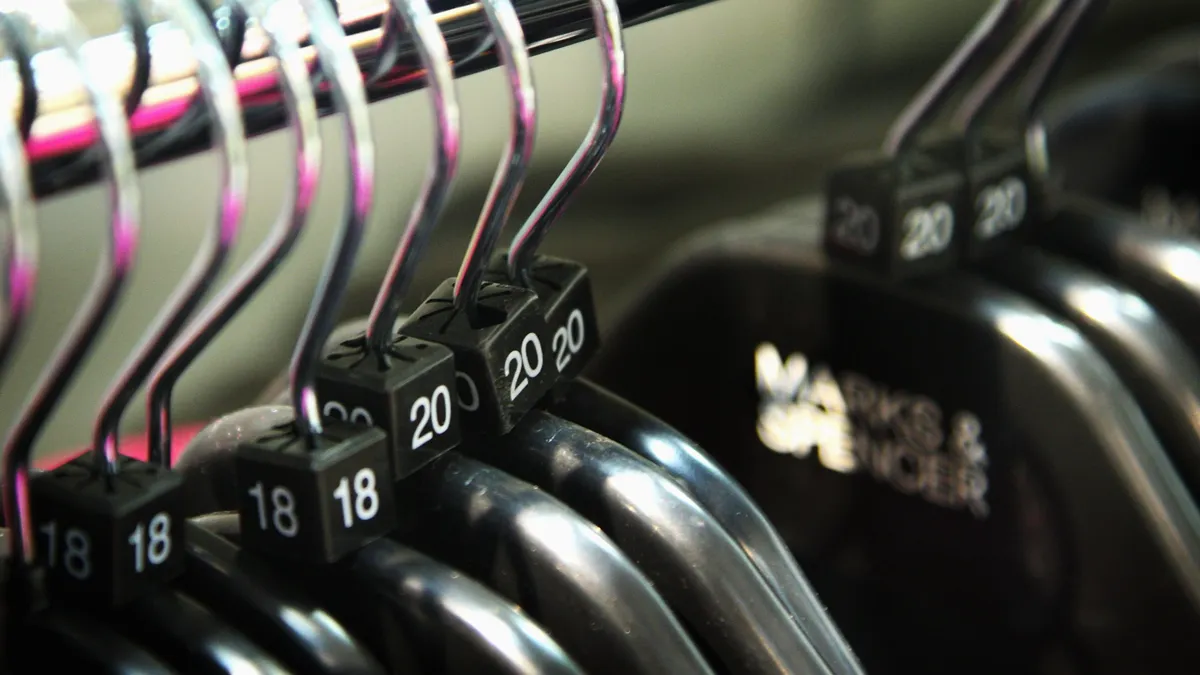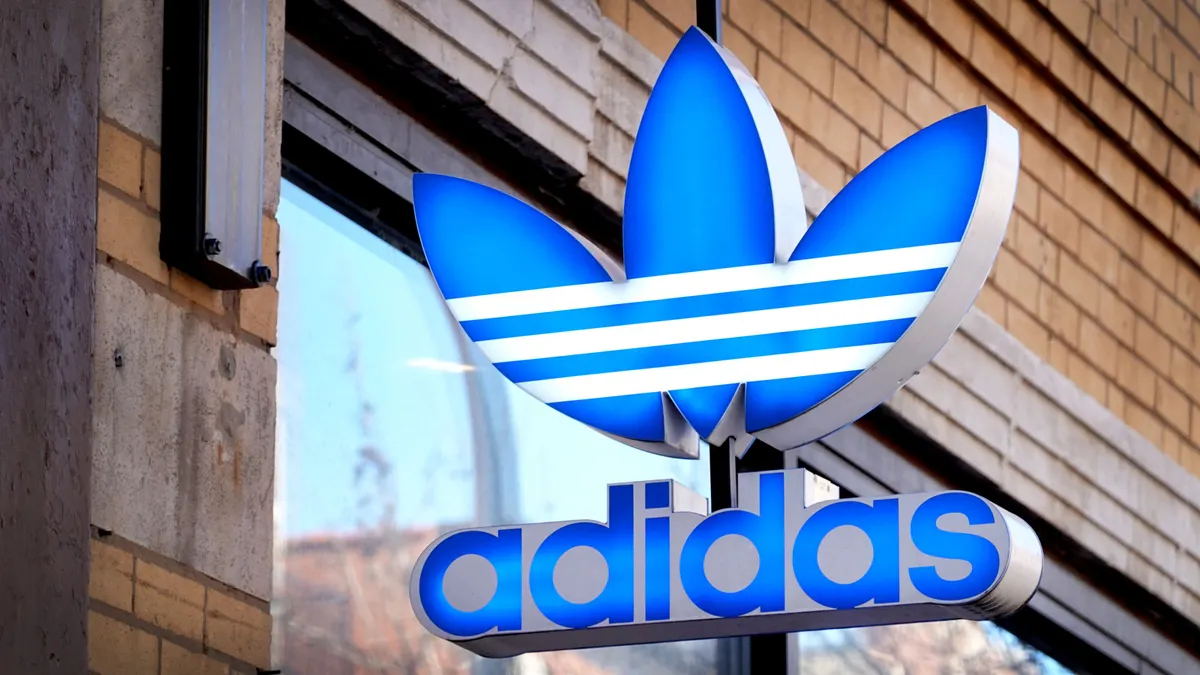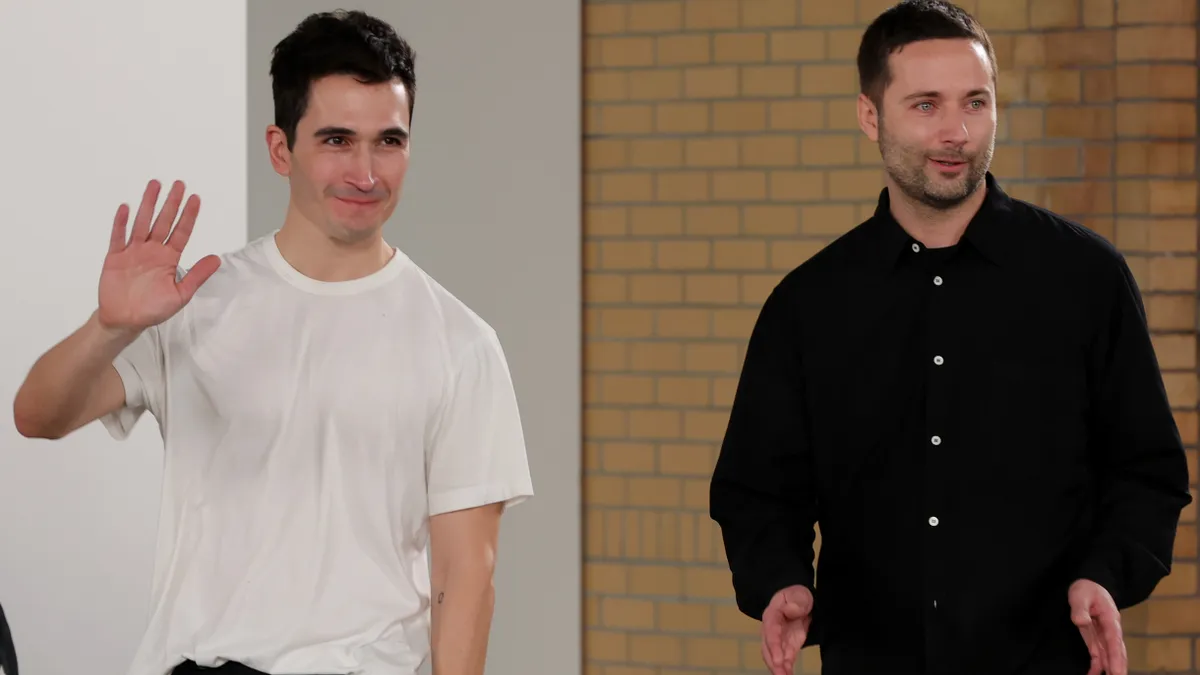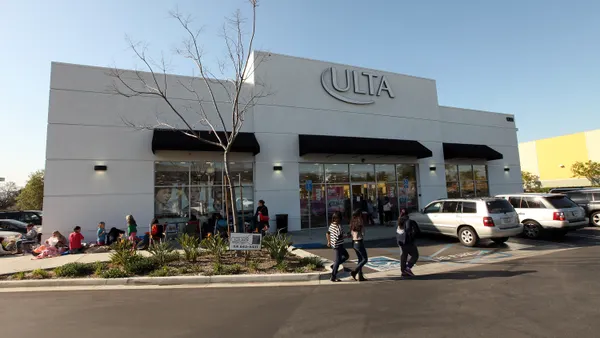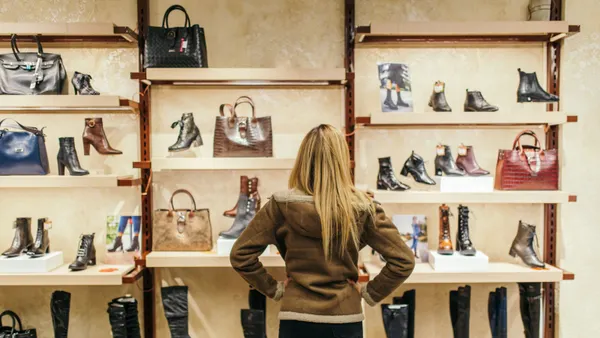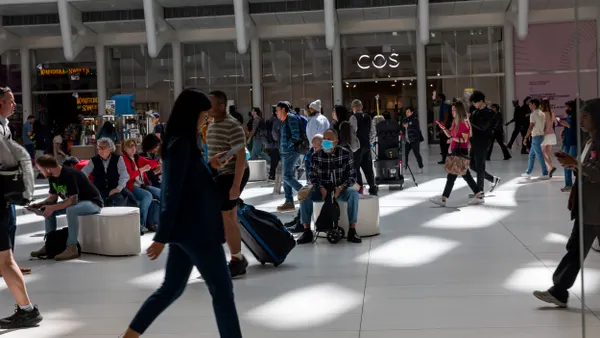While a growing number of retailers and brands have jumped onto the inclusive sizing bandwagon, the fashion industry continues to mostly give lip service to the style needs and desires of many consumers, most notably plus-sized men and nonbinary people. For every two steps forward toward an all-inclusive fashion universe, there are steps backward from an industry struggling to satisfy all clothing consumers.
“The fashion industry's internalized fatphobia and general unwillingness to cater to larger bodies are at the root of all plus-size consumers' lack of representation,” said Kayla Marci, retail analyst at Edited, a global retail analytics firm. “Regardless of where customers fall on the gender spectrum, the number of plus-size options on offer are significantly fewer than straight size, highlighting retail's gap in inclusivity.”
Fashion trends are often first seen on runways. After showing slight increases of plus-size male models during shows in 2019, 2020 and 2021, those numbers fell off a cliff in 2022 and 2023, according to research from Vogue Business. For the AW/23 season, of 60 designer brand shows held, there were no plus male models on the runway.
Model and creative entrepreneur Steven Green, known professionally as StevenG, is one of a handful of plus-size models to be successful on the runway and in campaigns for various brands, including Rihanna’s inclusive Savage X Fenty, which was his first modeling job in 2020. Though he said he’s thankful for a major career boost that led to work with the likes of Nike, Adidas and H&M, Green still feels the men’s fashion industry is missing a huge opportunity by not including extended sizing in their collections.
“I believe a lot of these fashion brands are at a point where they can afford to be size inclusive,” said Green. “They just decide not to. I think it is about companies not understanding, not having the conversation, not having enough representation to even know that, hey, we’re not even including plus models. It’s not about economics, rather it’s because there’s no diversity at their tables from the top on down.”
“You would think major retailers would want to invest their money into serving these customers. But what ends up happening is a lot of these shoppers end up settling — they don’t feel seen, they don’t feel heard, so why are they going to invest their time and go into your stores?”

Kemdi Anosike
Founder, BRIC
Long referred to as Big and Tall, plus-size menswear has lagged way behind the women’s market on virtually every fashion level, from designer and better sportswear, to mainstream and mass merchant collections. Size inclusivity within the men’s segment has long been a source of frustration for models and consumers who believe the industry has not caught up to the fact that a majority of American male customers fall into the larger category and should be considered the norm rather than the exception.
“Bigger sizes are the norm,” said Erin Schmidt, independent retail fashion consultant. “The CDC did a slight update during COVID, but the last full population sample was 2017-18 and 73.6% of the population was either overweight or obese. Of that, men were actually more overweight and obese than women, which is interesting because the focus in the fashion world has been on women.”
According to the CDC report, the average men’s size is higher than what many manufacturers of apparel consider to be plus. The CDC study shows a man of 5’9” at 199.8 pounds with a waist measured at 40.5 inches to be the norm.
A diverse range of male and nonbinary consumers are making their desires for inclusivity known. But based on recent fashion weeks, and the lack of commitment from many brands to actually produce collections, the progress to develop stylish clothing for men and nonbinary folk has been exceedingly slow.
While there is agreement among fashion analysts, designers, models and influencers that inclusive sizing and gender diversity are a real part of the conversation today, most are concerned the industry has been far less progressive. Ultra-thin female models, in a throwback nod to Y2K fashions, were the preferred choice at recent showings of most designer brands, and male models were virtually nonexistent.
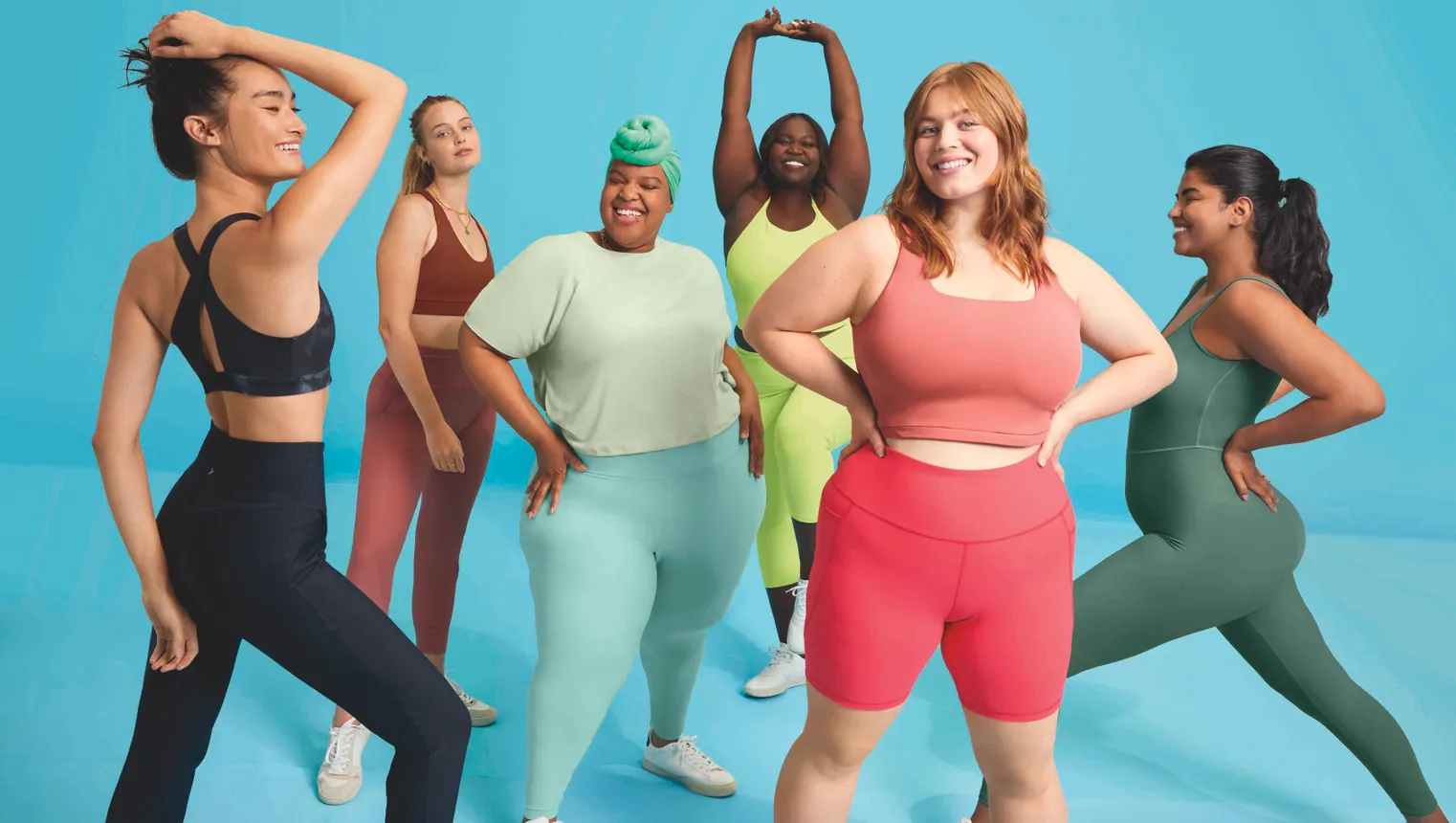
For several years, an increasing number of luxury designers and brands were not only talking about extended sizing but were also showing it to buyers and consumers. That optimism led to Old Navy’s bold decision in 2021 to launch an all-inclusive size casual collection for just women called Bodequality and roll it out to all stores. Men’s was not a part of the all-inclusive new concept.
Bodequality failed and was dropped in less than a year after the retailer reported strong sales of its mid-range sizes, but weak results from both the extra small and extra large sizes, leaving Old Navy with too much inventory that forced major markdowns.
There has been progress of extended sizing for basic men’s clothing with several mass merchant retailers such as H&M, J.C. Penney, Walmart and Target, though the pickings for a truly fashion conscious plus-size male and nonbinary consumer are still slim.
“It’s very sad that there’s no really established fashion brands who are making big and tall a priority,” said Kemdi Anosike, a New Yorker who, at 6’6”, became so frustrated with his inability to find fashionable menswear that he started his own DTC brand of designer sweaters and tops called BRIC.
“You would think major retailers would want to invest their money into serving these customers,” he said. “But what ends up happening is a lot of these shoppers end up settling — they don’t feel seen, they don’t feel heard, so why are they going to invest their time and go into your stores?”
Brands and retailers are often challenged to produce fashion collections for plus-size men and nonbinary folks because they are dealing with bigger bodies and different shapes as well as a wide range of tastes.
“When catering to both size and gender inclusivity, items are typically limited to basics like shapeless and oversized T-shirts or hoodies,” said Marci. “This excludes plus-size members of trans and gender nonconforming communities who may choose to wear dresses, skirts or tailored suits to express themselves. Products described as gender-neutral are predominantly graded in standard men’s sizing as the current mentality in the industry is women are more inclined to wear items designed for men than vice versa. Gender expression is complex and fashion is very personal and integral to identity.”
The road to inclusivity and progress in men’s and nonbinary fashions is long and anything but linear, say the experts who work in the industry.
“The fashion industry should be as diverse as its customers,” said Lance LaVergne, chief diversity officer and senior vice president of PVH Corp., in a 2021 interview with McKinsey. “We have to make sure that what we offer and deliver — whether in terms of product or experience — resonates with an ever-increasingly diverse demographic. The best way to do that is to have those perspectives represented among the people who are creating those products and experiences. So, as an industry, if we want to thrive and excel, we have got to find ways to remove those barriers to allow diversity to make its way into every aspect of our business.”


